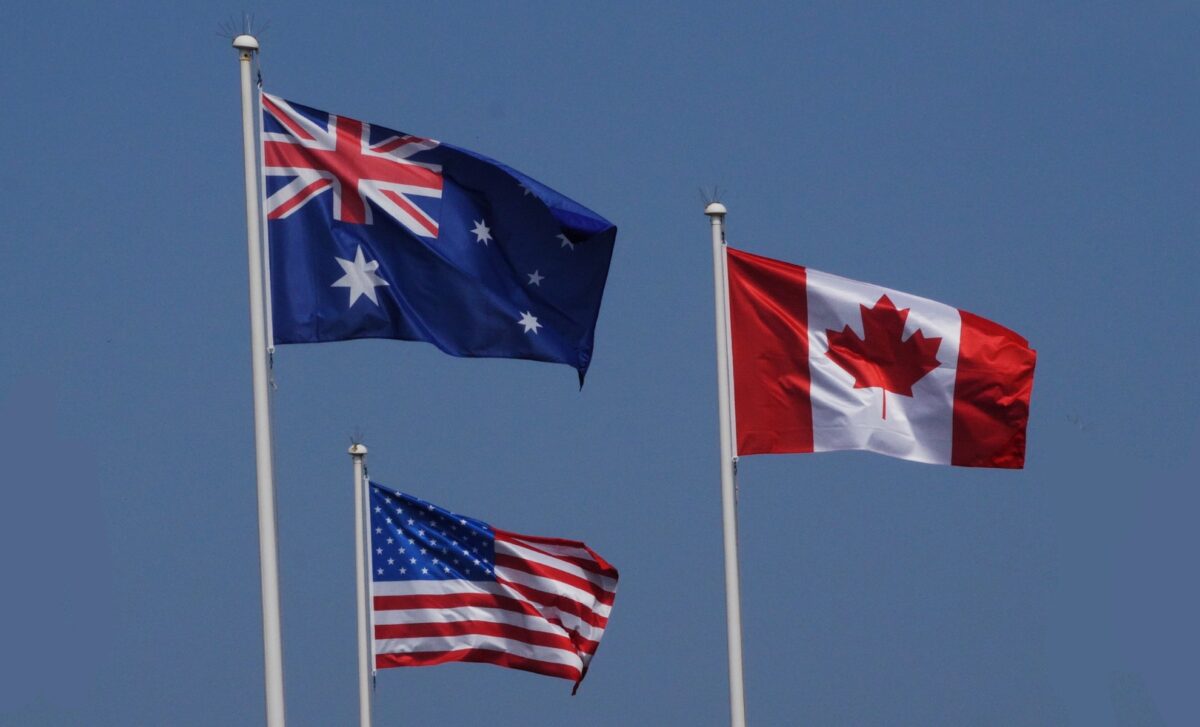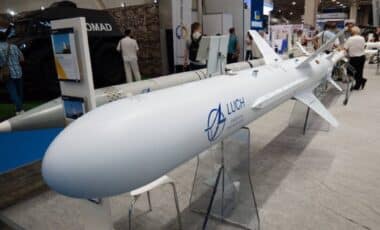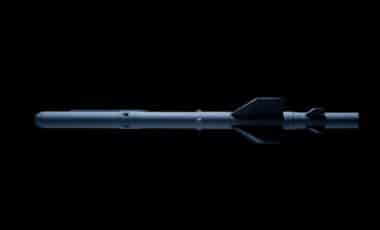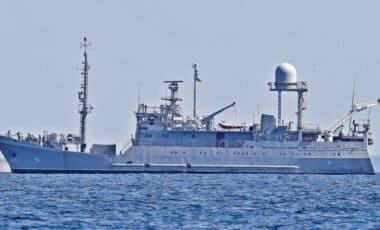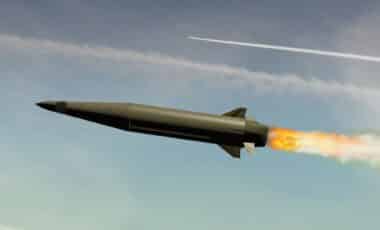Australia and Canada are considering a significant shift in defense strategy by aligning with the United Kingdom through the Global Combat Air Programme (GCAP). The program, currently led by the UK, Italy, and Japan, aims to develop a sixth-generation combat aircraft, potentially altering traditional military procurement patterns.
At the Avalon Airshow 2025, held near Melbourne, Australian defense representatives attended a session on the GCAP. According to Armées, this initiative could see Australia and possibly Canada move away from longstanding reliance on U.S. military aircraft in favor of a new multinational model focused on cutting-edge air combat capabilities.
Australia’s interest in GCAP signals a notable change in its defense procurement approach. Traditionally aligned with the United States, Australia is now considering alternatives due to shifting geopolitical and commercial dynamics. The planned acquisition under GCAP involves a sixth-generation fighter jet known in the UK as Tempest, which would feature advanced technologies such as augmented reality cockpits, energy-directed weapons, and AI co-pilots. This interest was confirmed by the Royal Australian Air Force’s head of capability during the Avalon event.
Canada, meanwhile, is also reassessing its options. Ottawa is currently under contract for 88 U.S.-made F-35 jets but is now evaluating other potential aircraft, including France’s Dassault Rafale and Sweden’s Saab JAS 39 Gripen. The possibility of joining GCAP has been suggested in political circles, with British Liberal Democrat MP David Chadwick publicly supporting Canadian involvement, as noted by the media.
The World’s Ten Most Powerful Militaries in 2025
A Turning Point for Australian Defense
Australia’s participation in GCAP would mark its first major departure from American fighter jet systems in decades. The Royal Australian Air Force has shown particular interest in the capabilities projected for the Tempest jet, expected to enter service by 2035. The program is designed to deliver approximately 350 units, indicating a serious long-term commitment to reshaping aerial defense.
This initiative follows a broader trend of nations reevaluating defense partnerships and supply chains. The decision appears influenced by recent U.S. policy stances, including those under the Trump administration, which introduced trade tariffs and emphasized a transactional approach to defense alliances. These shifts have prompted allies like Australia to seek more stable and collaborative alternatives.
Canadian Skepticism Toward the F-35 Deal
Canada’s involvement with the GCAP remains speculative but reflects growing skepticism about its existing agreement with the United States. As reported by the source, Canadian defense planners are reconsidering their planned acquisition of 88 F-35 jets amid ongoing concerns over cost, delivery timelines, and political reliability.
The openness to European alternatives like the Rafale and Gripen further illustrates this cautious approach. While no formal decision has been made, Canadian defense officials appear interested in the flexibility and partnership opportunities offered by GCAP. The possibility of a Canadian entry into the program underscores a broader reevaluation of military-industrial dependencies.
U.S. Presence Overshadowed by New Dynamics
While the U.S. continues to lead in air combat technology, its dominance may be challenged by collaborative programs like GCAP. The U.S. Air Force awarded Boeing the lead in its own Next Generation Air Dominance (NGAD) program, which has already produced prototypes kept secret for five years. Yet despite this technological head start, political and commercial unpredictability may be pushing traditional allies toward diversified strategies.

